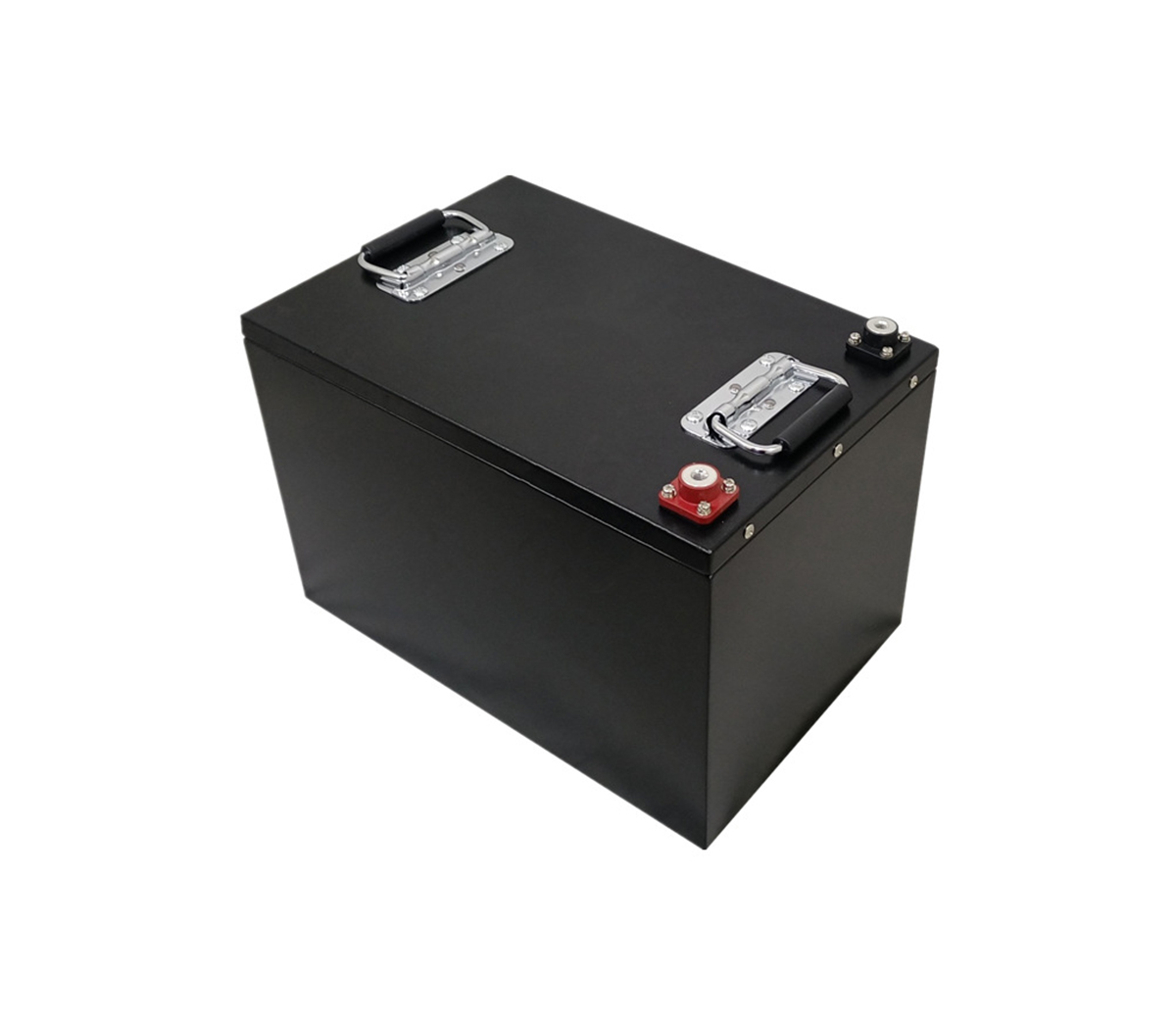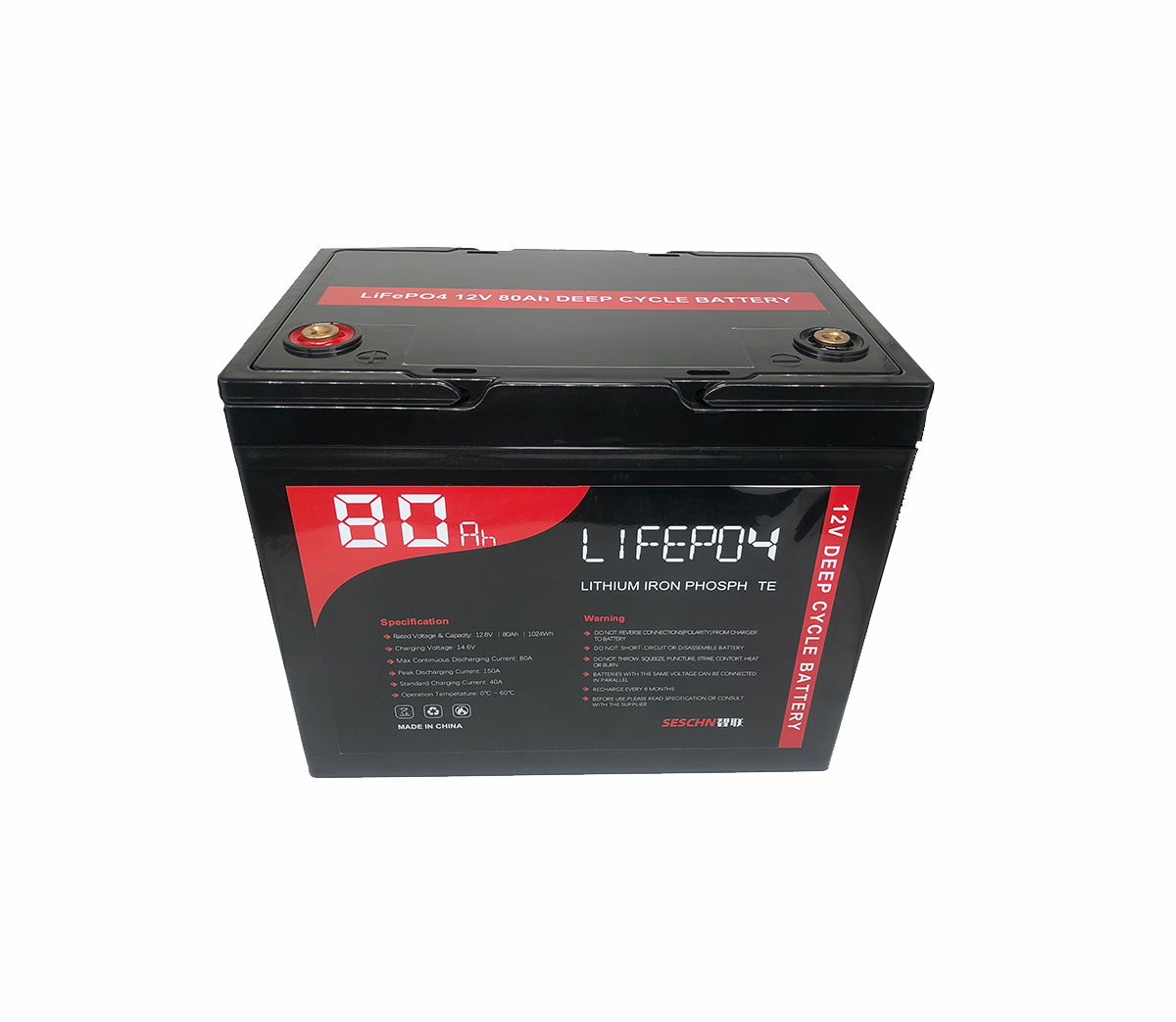Soft pack lithium battery production process and process flow
Each of the three layers has its own function. First of all, the nylon
layer ensures the shape of the aluminum-plastic film and ensures that the film
will not be deformed before being manufactured into a lithium ion battery.
The Al layer is composed of a layer of metallic Al, and its function is to
prevent the penetration of water. Lithium-ion batteries are very afraid of
water. Generally, the water content of the pole pieces is required to be at the
PPM level, so the packaging film must be able to block the infiltration of
moisture. Nylon is not waterproof and cannot provide protection. The metal Al
will react with oxygen in the air to form a dense oxide film at room
temperature, which prevents water vapor from penetrating and protects the inside
of the cell. The Al layer also provides the plasticity of punching pits when the
aluminum plastic film is formed. Please refer to point 3 for details.
PP is the abbreviation of polypropylene. The characteristic of this
material is that it will melt at a temperature of more than one hundred degrees
Celsius, and it is viscous. Therefore, the thermal packaging of the battery
mainly relies on the PP layer being melted and bonded together under the action
of the heating of the head, and then the head is removed, and the temperature is
cooled to solidify and bond.
Aluminum plastic film looks very simple. In practice, how to evenly and
firmly combine the three layers of materials is not so easy. It is a pity that
the good quality aluminum-plastic film is basically imported from Japan, and the
domestic ones are not available, but the quality needs to be improved.
aluminum plastic film forming process
The soft-packed batteries can be designed into different sizes according to
the needs of customers. After the external dimensions are designed, the
corresponding molds need to be opened to form the aluminum-plastic film. The
molding process is also called a punching hole (in fact, I think it should be a
"punch hole", but everyone writes it like that). As the name suggests, it is to
punch out a mold that can be mounted on the aluminum-plastic film under the
condition of heating. Core pit
Soft-pack batteries are actually batteries that use aluminum-plastic
packaging film as the packaging material. Relatively speaking, the packaging of
lithium-ion batteries is divided into two categories, one is soft-packed
batteries, and the other is metal shell batteries. Metal shell batteries also
include steel shells and aluminum shells, etc. In recent years, some batteries
that use plastic shells due to special needs can also be classified as this
type.
The difference between the two is not only the case material, but also the
different packaging method. Soft-packed cells are thermally packaged, while
metal shell cells are generally welded (laser welding). The reason why soft-pack
batteries can be thermally packaged is that they use aluminum-plastic packaging
film.
1, soft pack battery
The so-called soft-pack batteries are actually batteries that use
aluminum-plastic packaging film as the packaging material. Relatively speaking,
the packaging of lithium-ion batteries is divided into two categories, one is
soft-packed batteries, and the other is metal shell batteries. Metal shell
batteries also include steel shells and aluminum shells, etc. In recent years,
some batteries that use plastic shells due to special needs can also be
classified as this type.
The difference between the two is not only the case material, but also the
different packaging method. Soft-packed cells are thermally packaged, while
metal shell cells are generally welded (laser welding). The reason why soft-pack
batteries can be thermally packaged is that they use aluminum-plastic packaging
film.
The constitution of aluminum-plastic packaging film (abbreviated as
aluminum-plastic film) is shown in the figure, its cross-section has three
layers: nylon layer, Al layer and PP layer.
Each of the three layers has its own function. First of all, the nylon
layer ensures the shape of the aluminum-plastic film and ensures that the film
will not be deformed before being manufactured into a lithium ion battery.
The Al layer is composed of a layer of metallic Al, and its function is to
prevent the penetration of water. Lithium-ion batteries are very afraid of
water. Generally, the water content of the pole pieces is required to be at the
PPM level, so the packaging film must be able to block the infiltration of
moisture. Nylon is not waterproof and cannot provide protection. The metal Al
will react with oxygen in the air to form a dense oxide film at room
temperature, which prevents water vapor from penetrating and protects the inside
of the cell. The Al layer also provides the plasticity of punching pits when the
aluminum plastic film is formed. Please refer to point 3 for details.
PP is the abbreviation of polypropylene. The characteristic of this
material is that it will melt at a temperature of more than one hundred degrees
Celsius, and it is viscous. Therefore, the thermal packaging of the battery
mainly relies on the PP layer being melted and bonded together under the action
of the heating of the head, and then the head is removed, and the temperature is
cooled to solidify and bond.
Aluminum plastic film looks very simple. In practice, how to evenly and
firmly combine the three layers of materials is not so easy. It is a pity that
the good quality aluminum-plastic film is basically imported from Japan, and the
domestic ones are not available, but the quality needs to be improved.
3, aluminum plastic film forming process
The soft-packed batteries can be designed into different sizes according to
the needs of customers. After the external dimensions are designed, the
corresponding molds need to be opened to form the aluminum-plastic film. The
molding process is also called a punching hole (in fact, I think it should be a
"punch hole", but everyone writes it like that). As the name suggests, it is to
punch out a mold that can be mounted on the aluminum-plastic film under the
condition of heating. The pit of the core,
The constitution of aluminum-plastic packaging film (abbreviated as
aluminum-plastic film) is shown in the figure, its cross-section has three
layers: nylon layer, Al layer and PP layer.
Each of the three layers has its own function. First of all, the nylon
layer ensures the shape of the aluminum-plastic film and ensures that the film
will not be deformed before being manufactured into a lithium ion battery.
The Al layer is composed of a layer of metallic Al, and its function is to
prevent the penetration of water. Lithium-ion batteries are very afraid of
water. Generally, the water content of the pole pieces is required to be at the
PPM level, so the packaging film must be able to block the infiltration of
moisture. Nylon is not waterproof and cannot provide protection. The metal Al
will react with oxygen in the air to form a dense oxide film at room
temperature, which prevents water vapor from penetrating and protects the inside
of the cell. The Al layer also provides the plasticity of punching pits when the
aluminum plastic film is formed. Please refer to point 3 for details.
PP is the abbreviation of polypropylene. The characteristic of this
material is that it will melt at a temperature of more than one hundred degrees
Celsius, and it is viscous. Therefore, the thermal packaging of the battery
mainly relies on the PP layer being melted and bonded together under the action
of the heating of the head, and then the head is removed, and the temperature is
cooled to solidify and bond.
Aluminum plastic film looks very simple. In practice, how to evenly and
firmly combine the three layers of materials is not so easy. It is a pity that
the good quality aluminum-plastic film is basically imported from Japan, and the
domestic ones are not available, but the quality needs to be improved.
aluminum plastic film forming process
The soft-packed batteries can be designed into different sizes according to
the needs of customers. After the external dimensions are designed, the
corresponding molds need to be opened to form the aluminum-plastic film. The
molding process is also called a punching hole (in fact, I think it should be a
"punch hole", but everyone writes it like that). As the name suggests, it is to
punch out a mold that can be mounted on the aluminum-plastic film under the
condition of heating. Core pit


































